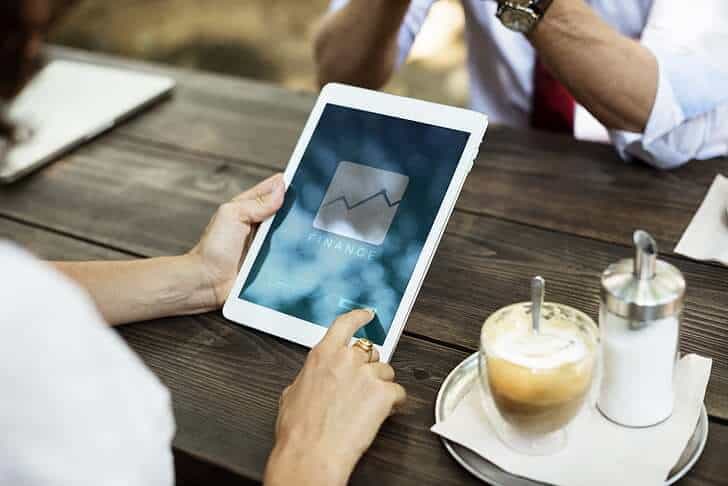Digital Twins for the Internet of Things
Digital twin technology, as an important innovation in the field of Internet of Things (IoT), realizes the deep integration of the physical world and the digital world by creating virtual mappings of physical entities. In this paper, we will delve into the core principles, architectural design, key technologies, and application practices of digital twin technology in various industries.
The core of digital twin technology lies in the construction of a digital copy of the physical entity, which contains not only the geometric features of the physical object, but also its behavioral characteristics, operating laws and historical data. Through real-time data collection and synchronized updates, the digital twin system can accurately reflect the current state of the physical entity and predict its future performance through data analysis and simulation. This technology revolutionizes IoT applications, making remote monitoring, predictive maintenance and intelligent decision-making possible.
basic concept
Core features of digital twin technology
virtual map
Creates a digital copy of a physical entity.
- 3D modeling
- Physical Property Mapping
- Behavioral Modeling
real time synchronization
Achieve real-time synchronization between the physical and digital worlds.
- data acquisition
- Status Update
- two-way interaction
simulation analysis
Supports simulation analysis of multiple scenarios.
- performance analysis
- Predictive maintenance
- Optimization Recommendations
technical architecture
The architectural design of a digital twin system needs to consider multiple layers such as data collection, processing, modeling and application. A complete digital twin system usually includes four main parts: perception layer, network layer, platform layer and application layer. Among them, the perception layer is responsible for the collection of data in the physical world, the network layer ensures the reliable transmission of data, the platform layer provides data processing and model building capabilities, and the application layer realizes specific business functions.
In practical applications, the architectural design of the digital twin system needs to fully consider factors such as data real-time, system scalability and security. For example, for industrial production scenarios with high real-time requirements, data acquisition and transmission mechanisms need to be optimized; for large-scale equipment management scenarios, the horizontal scalability of the system needs to be considered. At the same time, it is also necessary to establish a perfect data security protection mechanism to ensure the security of sensitive data.
system architecture
Hierarchy of digital twin systems
data acquisition layer
Enabling data collection in the physical world.
- sensor network
- data acquisition
- quality control
data processing layer
Process and analyze the collected data.
- Data Cleaning
- data conversion
- data storage
model building layer
Building digital twin models.
- 3D modeling
- physical model
- behavioral model
application scenario
Digital twin technology has a wide range of applications in several fields, from smart manufacturing to smart cities. The application of this technology not only improves system operation efficiency, but also provides data support for decision optimization. In practice, digital twin technology has proven its immense value in improving operational efficiency, reducing O&M costs and promoting innovation.
Taking smart manufacturing as an example, digital twin technology can create virtual models of production lines, monitor the operating status of equipment in real time, predict potential failures, and optimize production processes. In the field of smart cities, digital twin technology can be used in urban planning, transportation management and energy scheduling to help city managers make more informed decisions. In the medical field, digital twin technology can support surgical planning, medical equipment management and optimal allocation of medical resources.
typical application
Practical examples of digital twin technology
smart manufacturing
Realize digital management of production lines.
- production line twin
- Equipment Monitoring
- process optimization
smart city
Digital management of urban infrastructure.
- infrastructure twin
- traffic simulation
- energy management
intelligent medical care
Digitization of medical devices and processes.
- device twin
- Surgical Simulation
- resource dispatch
future outlook
Digital twin technology will continue to evolve and bring more innovative applications. With the advancement of artificial intelligence, 5G communication, edge computing and other technologies, the application scenarios of digital twin technology will be further expanded, and its functions and performance will be significantly improved.
At the technical level, we can foresee several important development directions: firstly, the deep integration with artificial intelligence technology, to improve the intelligence level of the digital twin system through machine learning algorithms; secondly, the enhancement of real-time performance, to achieve faster response speed by optimizing the data acquisition and processing mechanism; and thirdly, the enhancement of model accuracy, to improve the digital twin model's representation of the accuracy of the representation of physical entities through more advanced modeling techniques and algorithms.
At the application level, digital twin technology will play a role in more fields. For example, in the field of intelligent manufacturing, digital twin technology will support more refined production management and smarter decision-making optimization; in the construction of smart cities, digital twin technology will help achieve more scientific urban planning and more efficient resource scheduling; in the field of medical and health care, digital twin technology will provide strong support for personalized medical care and precise treatment.
growing trend
Direction of technological development and innovation
AI convergence
Deep application of artificial intelligence technology.
- intelligent analysis (religion)
- self-determination
- Forecast Optimization
Real-Time Enhancement
Enhance the real-time responsiveness of the system.
- Data Acquisition Optimization
- Increased processing speed
- Reduced response time
Content Reviewer: Josh Xu





